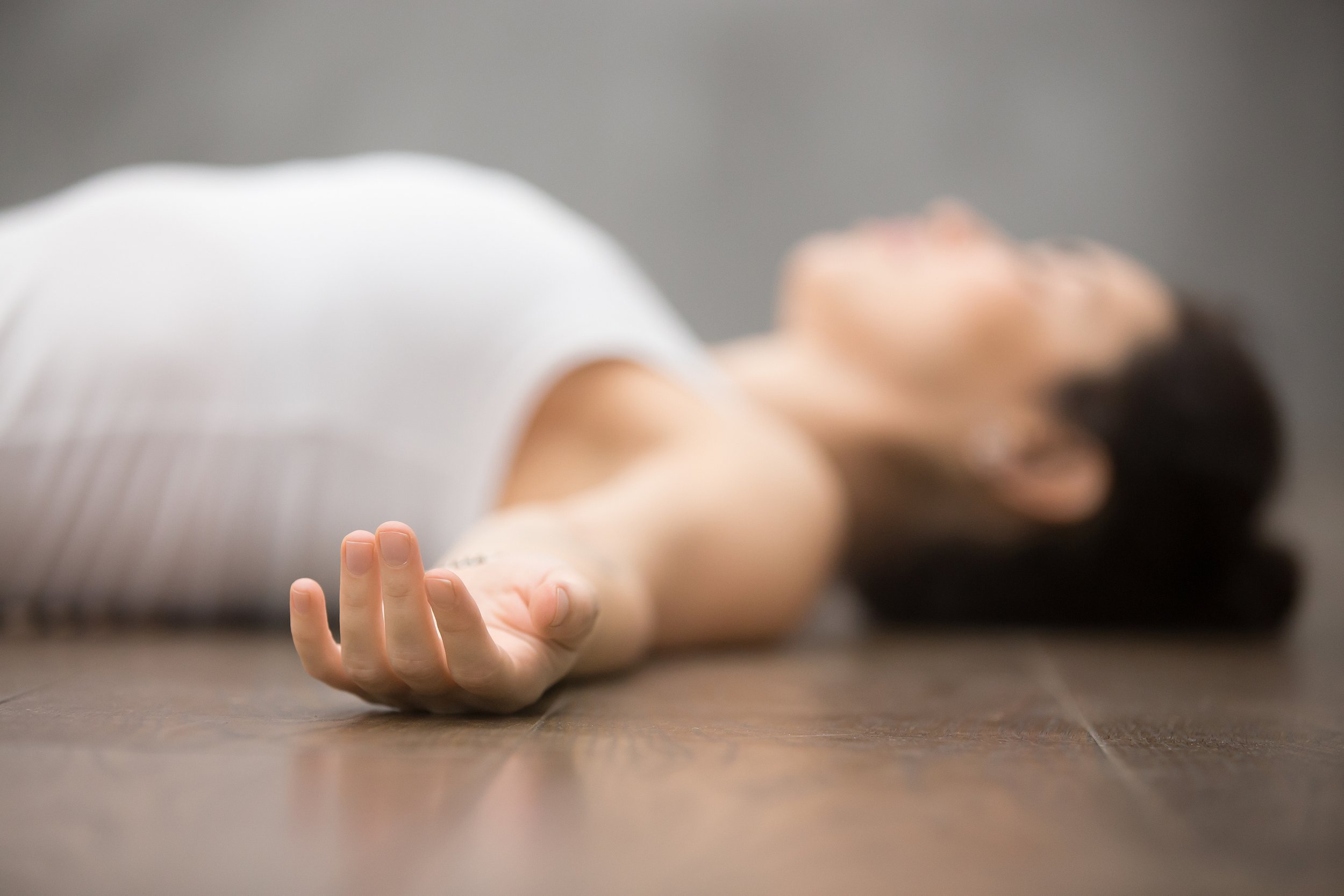
About Breathwork
What is Trauma Informed Breathwork?
Trauma informed Breathwork means that we as facilitators are trained to create and support spaces using sounds, language, and overall awareness that are centered around the client experience feeling as safe and supportive as possible for those who may have experienced events that overwhelmed the system and left an impact on the body’s way of processing physical and emotional discomfort.
When applied to Breathwork it means that we utilize a slow progression of patterns to the breather that slowly increase in intensity and mitigate risk of surpassing their window of tolerance. Each pattern they are invited into is a choice and they remain in complete control of the breath pattern in practice.
What Happens During Breathwork?
You will first be introduced to the patterns of breath being offered in the session and we will discuss session intentions. You will be guided through the patterns in the session and have the option to also remain longer or return to any you choose.
Breathwork is a completely safe practice; however, the body will respond in physical ways that may seem odd when the oxygen levels in the blood begin to shift. Some common sensations are:
>>Tetany is the most common physical side effect; it’s where your hands will curl inwards toward your heart. This usually passes within 15 minutes of completing the practice.
>>Your ears may ring for about 20 minutes after breathwork.
>>During the session, your body may shake, move around or feel heavy against the floor.
>> Emotions may come up for processing.
>> you may feel the need to cry, laugh, sigh, or in some cases even let out a scream.
>> Your face or body may tingle.
>> You may have visions, experience memories, or see colors as you move deeper into an altered state of consciousness
This is all part of the energetic release and normal and we will be there with you to help guide through any discomfort.
The Science
While Breathwork is very much rooted in ancient spiritual practices, it has also been heavily researched and studied. The scientific evidence of the practice is well documented in formal research. Please see the below a short list of references in books and articles I often refer to in my teaching methods. (stay tuned for a resources page coming soon)
https://www.ncbi.nlm.nih.gov/pmc/articles/PMC6137615/
https://www.scientificamerican.com/article/proper-breathing-brings-better-health/
https://pubmed.ncbi.nlm.nih.gov/25869930/
https://pubmed.ncbi.nlm.nih.gov/25234581/



